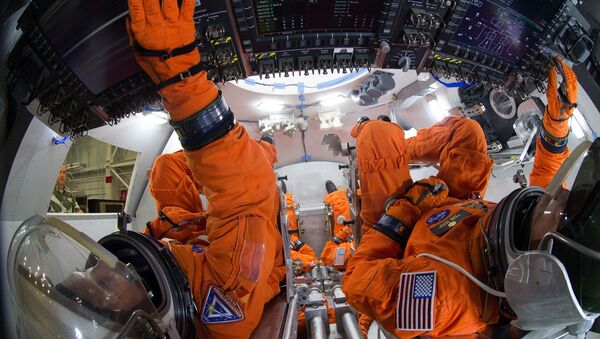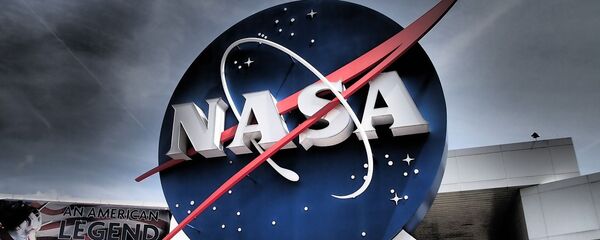A study on the feasibility of adding a crew to the mission is now underway and is being led by William Gerstenmaier, associate administrator for NASA's Human Exploration and Operations Mission Directorate in Washington, NASA reports.
The assessment will assume a launch with two crew members in mid-2019. It is due to be completed by early spring.
"Our priority is to ensure the safe and effective execution of all our planned exploration missions with the Orion spacecraft and Space Launch System rocket," said Gerstenmaier. "This is an assessment and not a decision, as the primary mission for EM-1 remains an uncrewed flight test."
EM-1 stands for Exploration Mission-1, when the Orion spacecraft, carried by the SLS, will travel thousands of miles beyond the moon over the course of about a three-week mission.
NASA says the results of the test will not conflict with its work schedules for the first two missions planned for the new system. However, if it is found to be possible to take a crew on the first mission, it may switch from the original EM-1 mission plan to its EM-2 plan, which would have the new spacecraft would circle the Earth twice, test firing its engines, and then return.
Work is well underway at the Kennedy Space Center to build the assembly apparatus and testing infrastructure for the ground-breaking spacecraft.
On February 23, the Aerospace Safety Advisory Panel, an independent safety panel formed after the Apollo 1 fire that killed three during testing 50 years ago, told NASA needs a very good reason to put astronauts on the initial flight, because of the additional risk, Physics.org reports.



